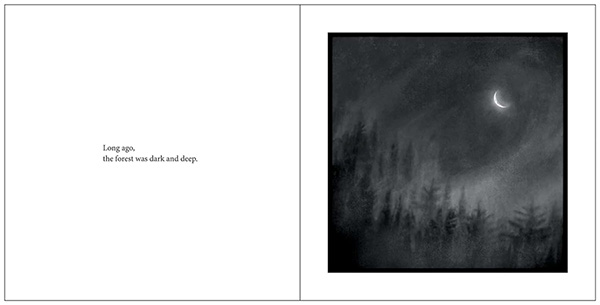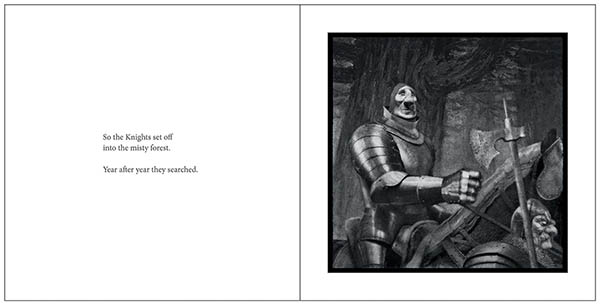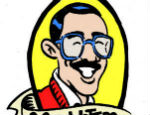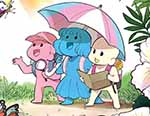Around 70 pages and a little over 300 words: it’s amazing what these seemingly limiting numbers can yield in the hands of artists with a clear vision. The Mysteries has been publicised as a ‘dark fable for adults’ which is one way of describing what Bill Watterson and John Kascht have created, without admitting that there is no satisfying way of explaining what it is about.
On the one hand, this is a story about a king trying to free his old kingdom from its fear of creatures they call Mysteries that live in the dark. His knights are sent off on an expedition to capture one, but what they bring back has unexpected consequences for the world. On the other hand, however, is a nagging doubt that there’s more to what meets the eye in these charcoal-black pages. There is also alchemy, for instance, a strange thing that happens when two artists at the top of their game surrender to their individual muses and leave matters of interpretation to their readers’ imaginations.
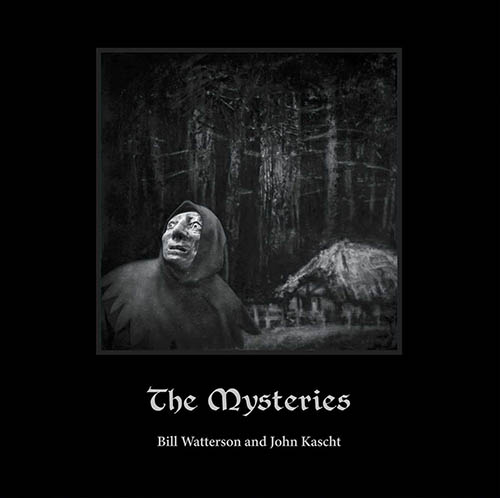
The art is undeniably a big draw, each square panel housing an image that sits somewhere between an etching in charcoal and a still from a Claymation movie. These are anything but casual sketches. Kascht has long been celebrated for his caricatures — a testament to his powers of observation. As for Watterson, obsessive fans would cite everything from his deadpan humour to that subtle art of switching from the comic to the poignant within a single panel. Together, it’s almost a game to try and figure out where one artist’s dreamlike work ends and the other’s begins. The back cover, for example, has a Kascht gargoyle superimposed over a landscape that is almost certainly by Watterson. It also explains why the faces of characters hover between the human and the fantastical.
A recent rare interview with Watterson revealed that both had veto power. There was also an admission, that what they were aiming for was a vibe more than a linear narrative. That information makes any interpretation almost superfluous. It explains why some will think of this as a morality fable, and others may treat it as a warning, a harbinger of what is to come if we poke our noses where we have no business being. Could it be about climate change? The failure of late-stage capitalism? Our mortality? And who is to say The Mysteries is about nothing other than proof that art can exist for its own sake?
Fans of Calvin & Hobbes—and there are many—will struggle to reconcile their need to be completists with accepting that artists hate being repetitive. Bill Watterson walked away from his beloved comic strip because he thought he had said everything he wanted to. His decision to return must be treated as a welcome sign of curiosity; a reminder that he hasn’t given up on exploring new avenues of expression. As one fan puts it in a review posted online: ‘If Watterson is putting this out after ALL these YEARS, he must have something VERY important to say, and I want to know what that is! [sic]’
The Mysteries is a collectible; a beautiful little book that reveals none of its secrets while pretending to be clear about the story it is telling. It makes for the best kind of artistic deception there is.
Bill Watterson (W), Bill Watterson and John Kascht (A) • Andrews McMeel Publishing, $19.99
Review by Lindsay Pereira





